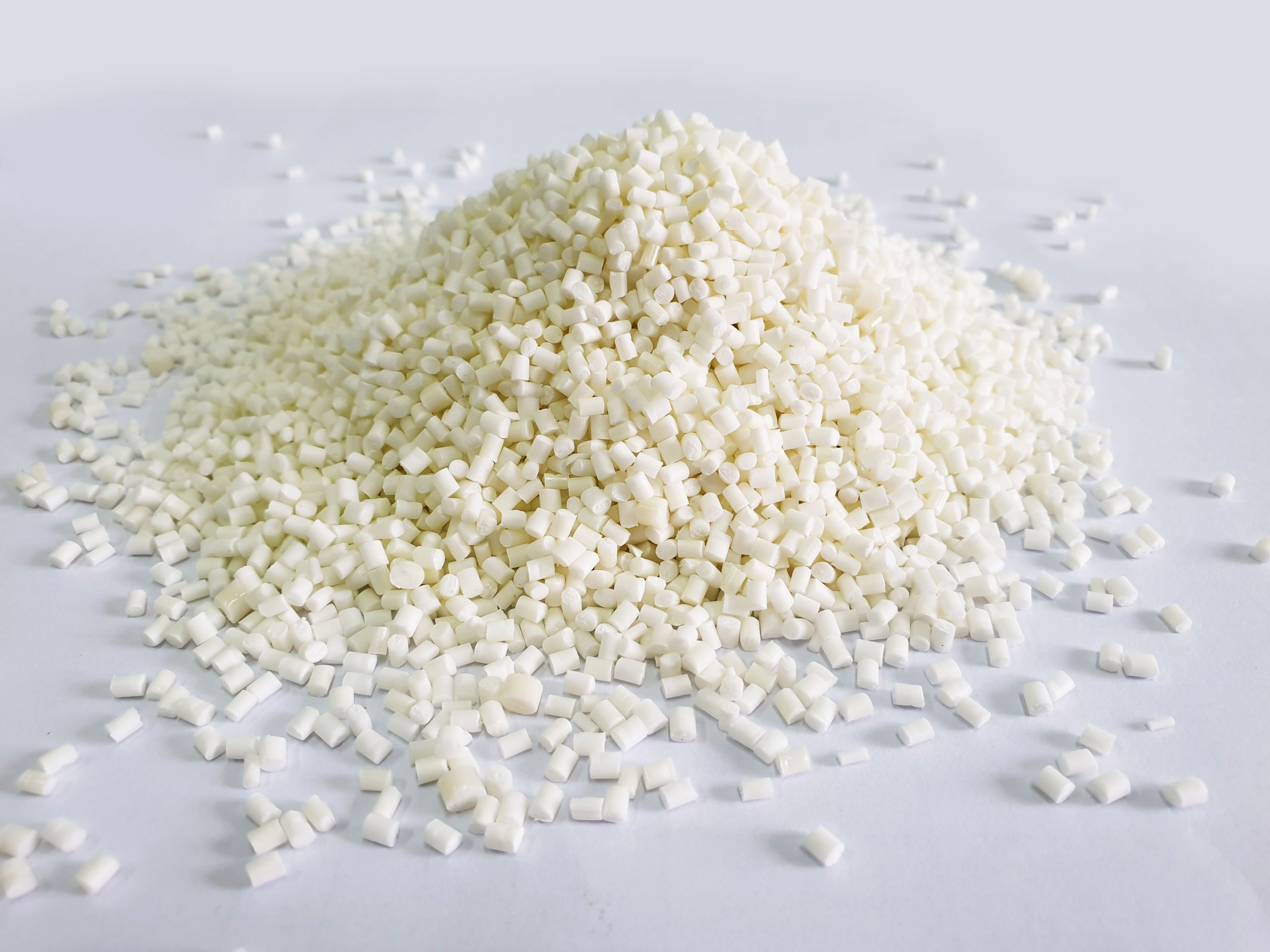Plastic knowledge
Flame retardant additives – Essential materials for the plastic industry
Plastics are widely used in various industries due to their versatility and cost-effectiveness. However, most plastics are highly flammable. Therefore, to improve the fire resistance of plastics, the best solution is to use fire retardant additives. In this article, let’s find out what are flame retardant additives, types of flame retardant additives and how they work, as well as applications of flame retardant additives in the plastics industry.
I. Concept of flame retardant additives for plastics
Fire retardant additives are substances added to materials to increase fire resistance and slow the spread of fire. These additives often have one or more of the following effects:
- Increases the ignition temperature of the material
- Slow down the burning speed
- Reduces heat release rate
- Reduces fire growth
- Reduces the amount of smoke produced
II. Classification of fire retardant additives
A. Halogenated flame retardants
Halogenated flame retardants, such as bromine and chlorine compounds, are one of the most widely used flame retardant additives for plastics, which work to prevent fire from spreading. These additives work by releasing halogen radicals during combustion, which interfere with the chain reactions involved in the combustion of plastic materials.
However, there are growing concerns about the potential health and environmental impacts of halogenated flame retardants. Some studies have linked these chemicals to adverse health effects, including hormone disruption, reproductive problems and developmental problems. Additionally, these chemicals can persist in the environment and accumulate in the food chain, posing a potential risk to wildlife and humans. Therefore, there is ongoing research and regulation to reduce the use and exposure to halogenated flame retardants.

B. Phosphorus-based flame retardants
Phosphorus-based flame retardants are another popular choice for enhancing the flame resistance of plastics. These additives work by promoting the formation of a layer of char on the surface of the material, disrupting and hindering the spread of fire.
Phosphorus-based flame retardants are considered more environmentally friendly than halogenated flame retardants because they produce less toxic byproducts when decomposed.
C. Mineral-based flame retardants
Mineral-based flame retardants (inorganic flame retardants), such as aluminum hydroxide and magnesium hydroxide, are non-toxic additives that reduce the flammability of materials. These additives work by releasing water vapor or carbon dioxide when exposed to high temperatures, thereby cooling the plastic material and preventing it from catching fire.
Inorganic flame retardants are often used in applications where environmental and health concerns are a priority, such as in food packaging and children’s toys.
D. Organic flame retardants
Unlike traditional flame retardants which are often made from toxic chemicals, organic flame retardants are derived from natural sources such as plants and animals. In addition to being more environmentally friendly, organic flame retardants are also considered safer for human health because they do not release harmful toxins when exposed to heat or flame.
III. Application of fire retardant additives
The application of flame retardant additives to plastics is very important in many industries:
- Electronics industry: flame retardants are used to protect sensitive electronic components from damage caused by fire.
- Construction industry: flame retardants are added to construction materials such as insulation, roofing and wiring to reduce the risk of fire.
- Packaging: flame retardant additives are also used in packaging materials to reduce the risk of fire and explosion during transportation and storage.
- Transportation: application of fire-retardant additives in the production of auto parts and aircraft interiors to protect passengers and operators in case of fire.
IV. Advantages and disadvantages of fire retardant additives
A. Benefits of using flame retardant additives for plastic materials
Besides improving fire resistance, using flame retardant additives for plastics also brings a number of other benefits:
- Improve safety and comply with fire safety regulations.
- Improve the overall performance and durability of plastic materials; Improves thermal stability and mechanical properties of plastic materials.
- Reduce toxic gas and smoke emissions during fire.
B. potential disadvantages and limitations of flame retardant additives
Although flame retardant additives play an important role in the plastics industry, they also have potential disadvantages and limitations that need to be considered when used:
- Environmental Impact – Many chemicals are persistent and can accumulate in the environment over time. This can lead to negative impacts on ecosystems and wildlife.
- Effects on health – Some flame retardants are harmful to health, disrupt hormone function and potentially cause cancer.
- May lose effectiveness over time – Substances additive can decompose and lose its effectiveness, especially when exposed to heat and light.
- Affects the recyclability of materials – Some additives can make it more difficult to recycle a product, leading to increased waste and environmental impact.
CPI Plastic Vietnam is the largest direct manufacturer of Masterbatch plastic additive products in Vietnam. Therefore, CPI Plastic is the top choice for factories that need stability in output and quality, to meet the production and export needs of customers.
(Refer to the product here: Fire retardant additives)

